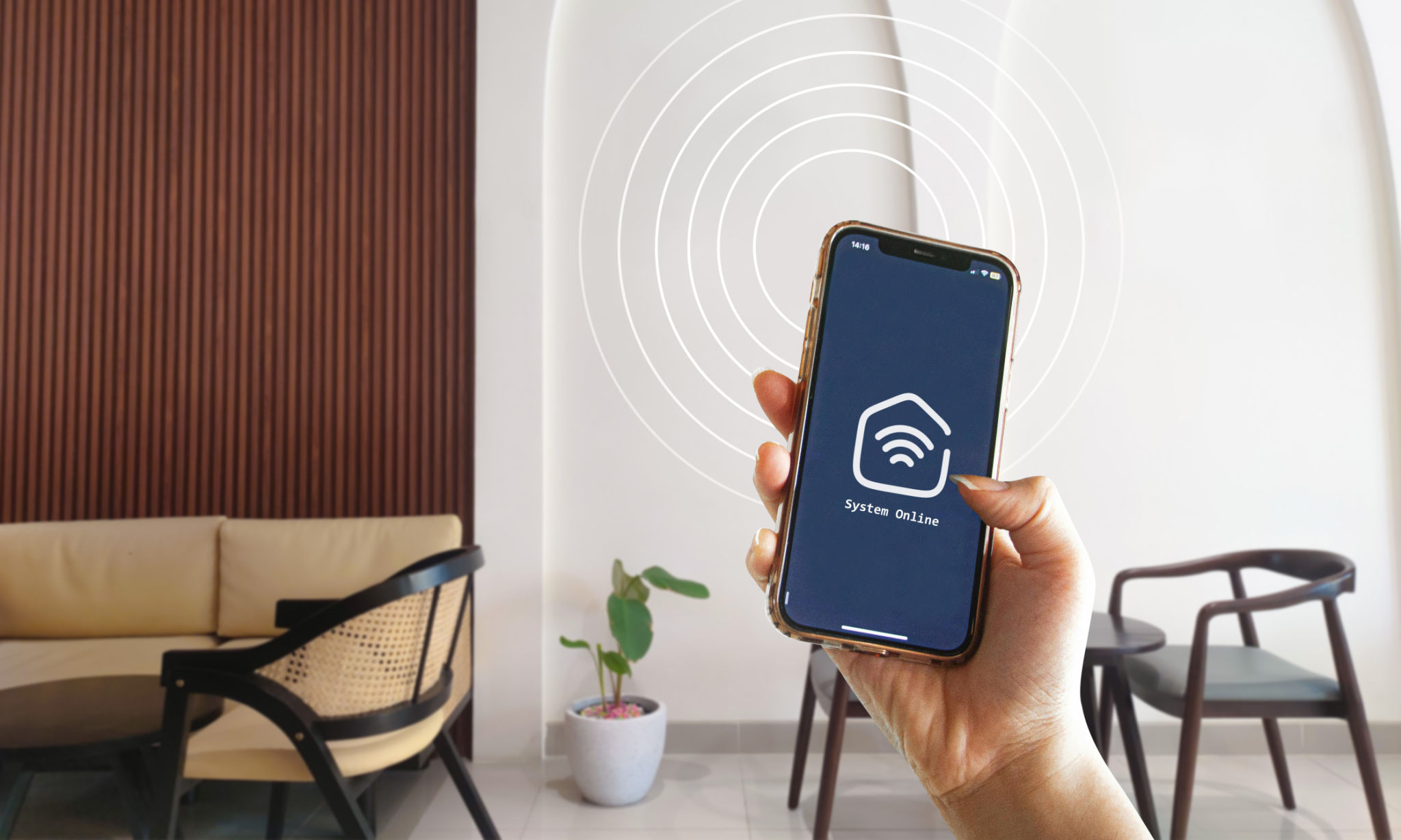DIY Smart Home Installation: Tips and Tricks from the Pros
Understanding Your Needs
Before jumping into the world of smart home technology, it's crucial to assess your specific needs and preferences. Consider what aspects of your home you want to automate—whether it's lighting, security, climate control, or entertainment systems. By understanding your priorities, you can focus on purchasing the right devices that cater to your lifestyle.
Take some time to research different smart home devices and their compatibility with each other. It’s important to ensure that all your gadgets can seamlessly interact, creating a cohesive and efficient system. This step will save you from future headaches and ensure a smoother installation process.

Selecting the Right Hub
A smart home hub acts as the central point of communication between devices. Choosing the right hub is essential for a successful DIY installation. Popular hubs include platforms like Amazon Alexa, Google Home, and Apple HomeKit. Evaluate which hub is compatible with the majority of your devices and aligns with your preferred user interface.
Another critical factor to consider is whether you want a cloud-based or a local-based hub. Cloud-based hubs offer remote access but may rely on internet connectivity, while local-based hubs provide more privacy and can operate independently from internet services.
Optimizing Network Connectivity
For a smart home to function efficiently, a strong and reliable Wi-Fi network is imperative. Ensure your router can handle multiple connected devices without compromising performance. You might want to invest in a mesh Wi-Fi system if your home is large or has multiple levels to provide consistent coverage throughout the space.
Additionally, secure your network with strong passwords and consider setting up a separate network for your smart devices. This step can enhance both security and performance by reducing interference with other devices on your primary network.

Installation Tips and Tricks
When installing smart devices, start with one room or system at a time to avoid feeling overwhelmed. This approach allows you to test each device thoroughly and troubleshoot any issues before moving on to the next area. Follow the manufacturer's instructions carefully during installation to ensure optimal performance.
If you're installing smart lighting, for instance, begin by replacing traditional bulbs in one room with smart bulbs. Test the connectivity and control options before expanding to additional rooms. This gradual approach helps in building confidence and understanding the nuances of each device.
Troubleshooting Common Issues
Even with careful planning, you might encounter some common issues during installation. Connectivity problems are typical, so try restarting your router or devices if they don't connect immediately. Ensure that all firmware is up-to-date as manufacturers frequently release updates that improve performance and compatibility.

If a device isn't responding as expected, check the app settings and configurations. Sometimes, resetting the device to its factory settings and reinstalling it can resolve persistent issues. Don't hesitate to reach out to customer support if problems persist.
Enhancing Security
Security is a significant concern when it comes to smart homes. Protect your devices by regularly updating software and using strong, unique passwords. Enable two-factor authentication whenever possible for an added layer of security.
Consider investing in a firewall or using a VPN to protect your network from potential threats. Regularly review connected devices to ensure no unauthorized gadgets are accessing your network.
The Future of Smart Homes
The smart home industry is continually evolving, with new technologies emerging regularly. Stay informed about the latest trends and advancements to keep your home up-to-date and functioning efficiently. Participate in online forums or communities to exchange tips and learn from other DIY enthusiasts.

By following these tips and tricks from the pros, you can transform your living space into a smart home that's not only efficient but also tailored to your unique needs. Embrace the convenience and comfort that come with modern technology, making your daily life more enjoyable and streamlined.
